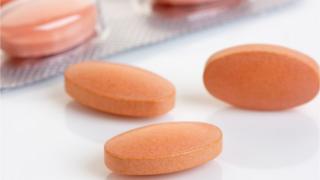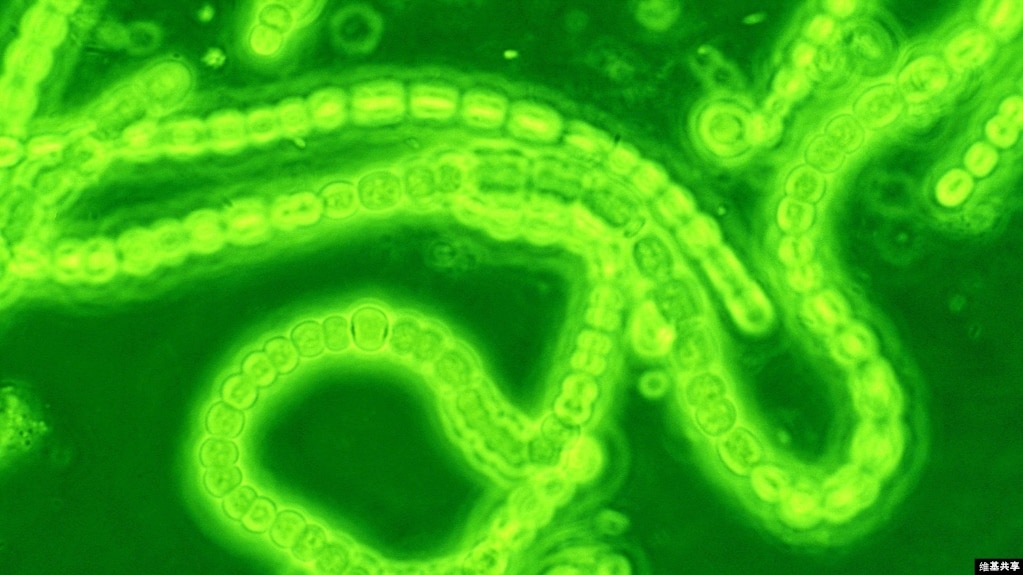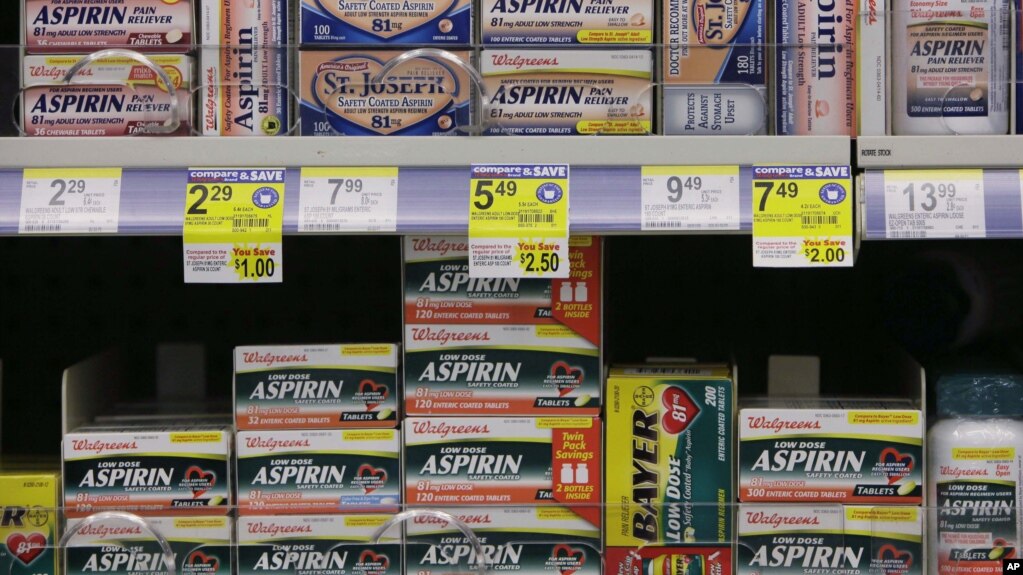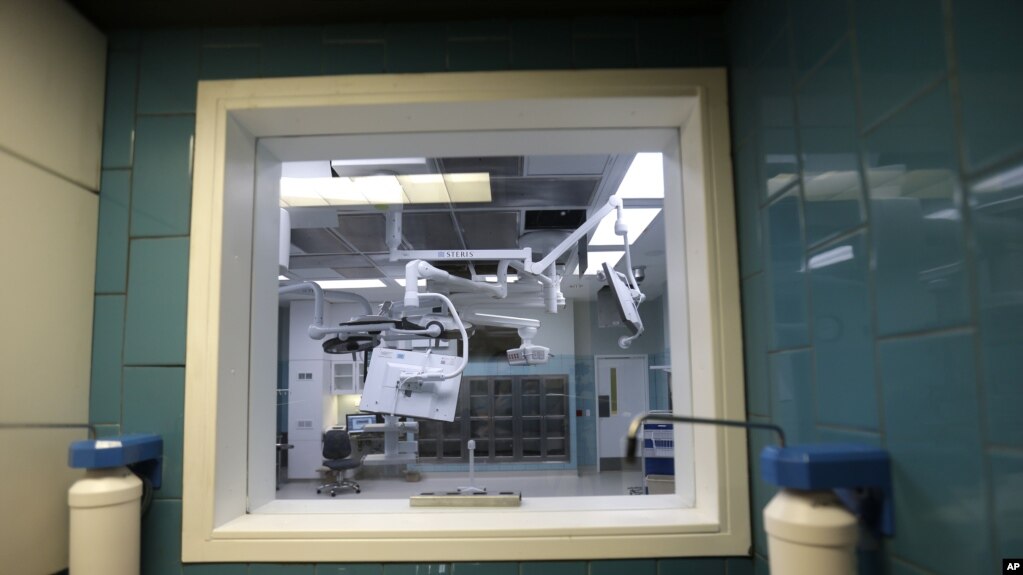That's what happened in Seattle last week when Stephen DeMont collapsed at a bus stop in front of University of Washington Medical Center. While a medical student rushed over and began chest compressions, a cardiac nurse just getting off her shift was alerted by her phone, sprinted outside and assisted until paramedics arrived. Five days later, DeMont, 60, is walking, smiling and talking about how the PulsePoint app helped save his life.

Stephen DeMont, center, gets a hug from medical student Zach Forcade, right, as nurse Madeline Dahl looks on as they visit DeMont Wednesday, Oct. 19, 2016 at the University of Washington Medical Center, in Seattle. When DeMont collapsed at a bus stop in front of the UW Medical Center days earlier on his morning commute, Dahl was one of 41 people within a 330-yard radius who happened to have a cell phone app alerting them to the emergency. Forcade witnessed the collapse and rushed over to begin chest compressions, as within moments Dahl, a cardiac nurse just getting off her shift in the hospital, was alerted by her phone and sprinted down the sidewalk, assisting until paramedics arrived.
Seattle officials say the rescue shows the potential the free download has for connecting CPR-trained citizens with patients who urgently need their help. It's being used in 2,000 U.S. cities in 28 states. "I put it on my phone yesterday," said DeMont's wife, Debi Quirk, a former registered nurse. "He would not be here as we see him today." Seattle officials hope DeMont's story will help persuade thousands more people to sign up for notifications; so far, about 4,000 people in Seattle have downloaded PulsePoint since the city adopted it earlier this year with financial support from an employee charitable fund at Boeing. The goal is to have 15,000 using it.
Developed by a former fire chief in Northern California, Richard Price, the app works through a city's 911 system. When a call comes in, operators alert people within a certain radius that CPR assistance is needed, along with the location of the nearest portable defibrillator. About 900,000 people around the country have downloaded and carry the app, and 34,000 people have been activated to respond, he said, adding that alerts have been issued in 13,000 cardiac events.

Madeline Dahl, left, looks on as Zach Forcade, right, pulls out his cell phone while Stephen DeMont sits with them while being interviewed at the University of Washington Medical Center Wednesday, Oct. 19, 2016, in Seattle. When DeMont collapsed at a bus stop in front of the UW Medical Center days earlier on his morning commute, Dahl was one of 41 people within a 330-yard radius who happened to have a cell phone app alerting them to the emergency. Forcade, a medical student, witnessed the collapse and rushed over to begin chest compressions, as within moments Dahl, a cardiac nurse just getting off her shift in the hospital, was alerted by her phone and sprinted down the sidewalk, assisting until paramedics arrived.
He came up with the idea in 2009, he said. He was in a restaurant when he heard sirens from his crews at the San Ramon Valley fire department. As he wondered where they were going, they arrived at the restaurant. "The patient was unconscious, unresponsive. I was 20 feet away on the other side of the wall," Price said. "The whole time I was listening to that siren, I could have been making a difference." It occurred to him that at any given time, two-thirds of his staff was off duty — in restaurants, out in the community. If there was a way to alert them to such emergencies by phone, it could save lives, Price said. It's not clear how many lives have been saved thanks to the app. Patient confidentiality laws often prevent hospitals from disclosing a patient's outcome.
MORE


 The Science, Health, and Technology Room
The Science, Health, and Technology Room


 Reply With Quote
Reply With Quote














